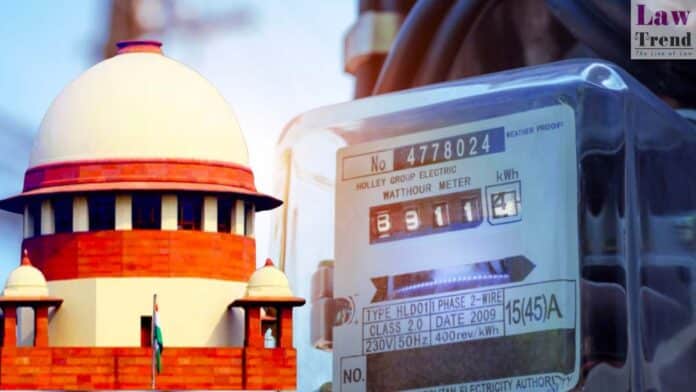The Supreme Court of India has acquitted a company director in an electricity theft case, overturning a conviction by the Bombay High Court. The Court held that a case for theft of energy cannot be established based on “estimation, presumption, approximation or possibilities.” The judgment, delivered by a bench of Justice Sanjay Karol and Justice
To Read More Please Subscribe to VIP Membership for Unlimited Access to All the Articles, Download Available Copies of Judgments/Order, Acess to Central/State Bare Acts, Advertisement Free Content, Access to More than 4000 Legal Drafts( Readymade Editable Formats of Suits, Petitions, Writs, Legal Notices, Divorce Petitions, 138 Notices, Bail Applications etc.) in Hindi and English.







